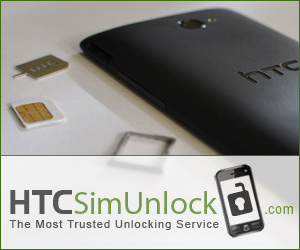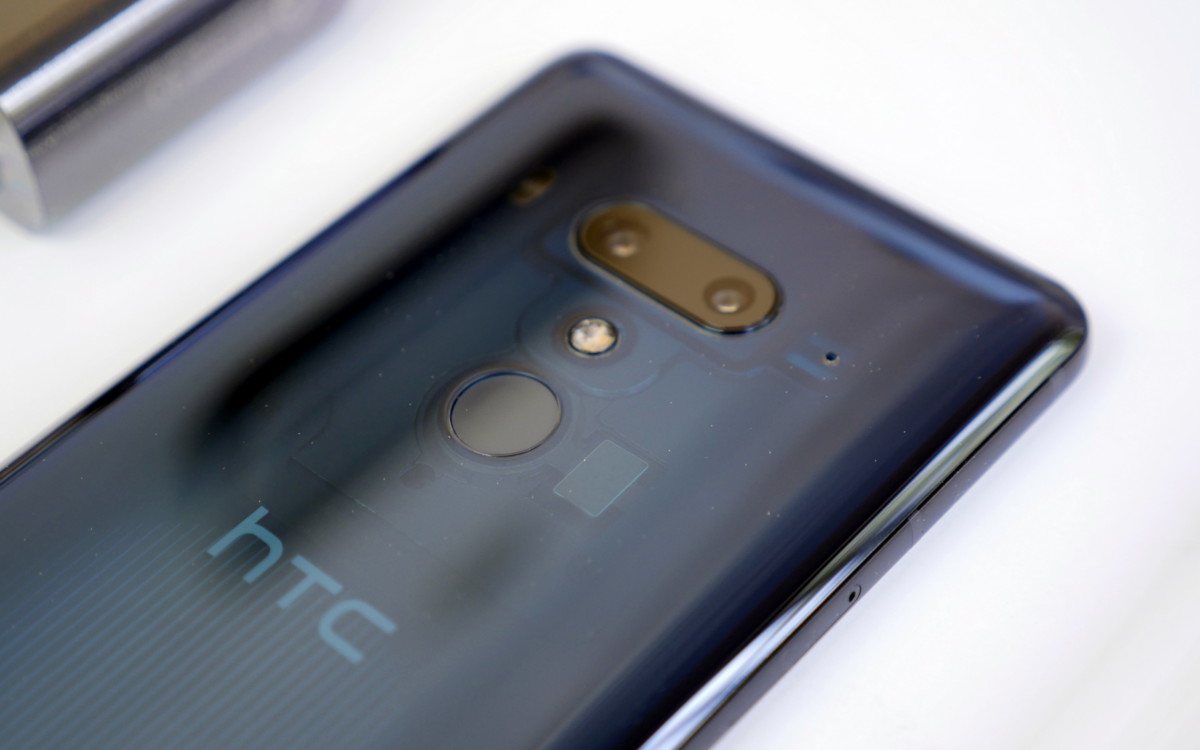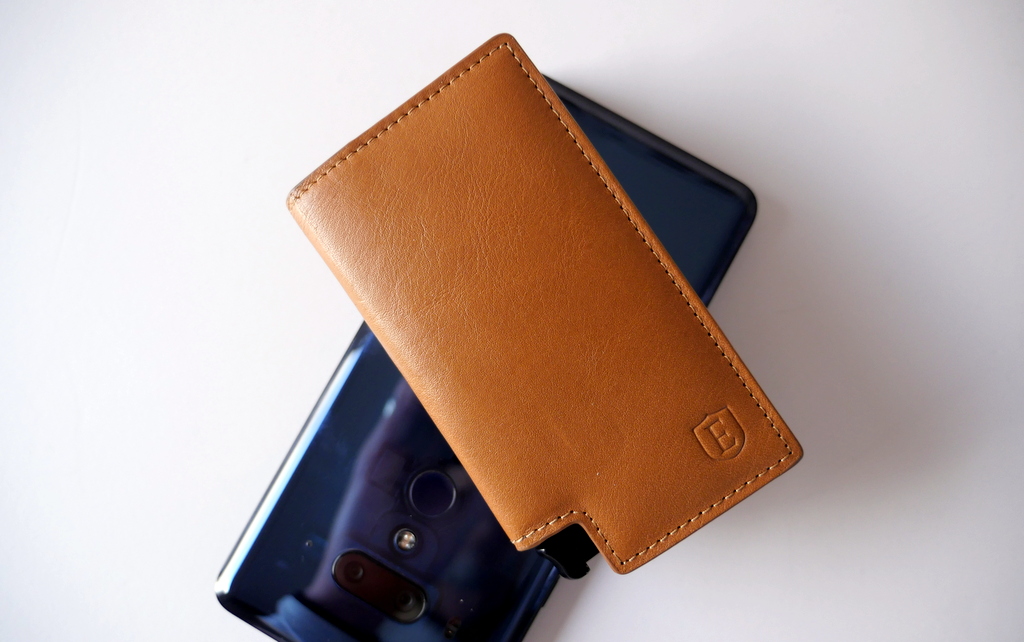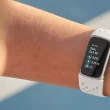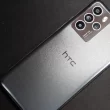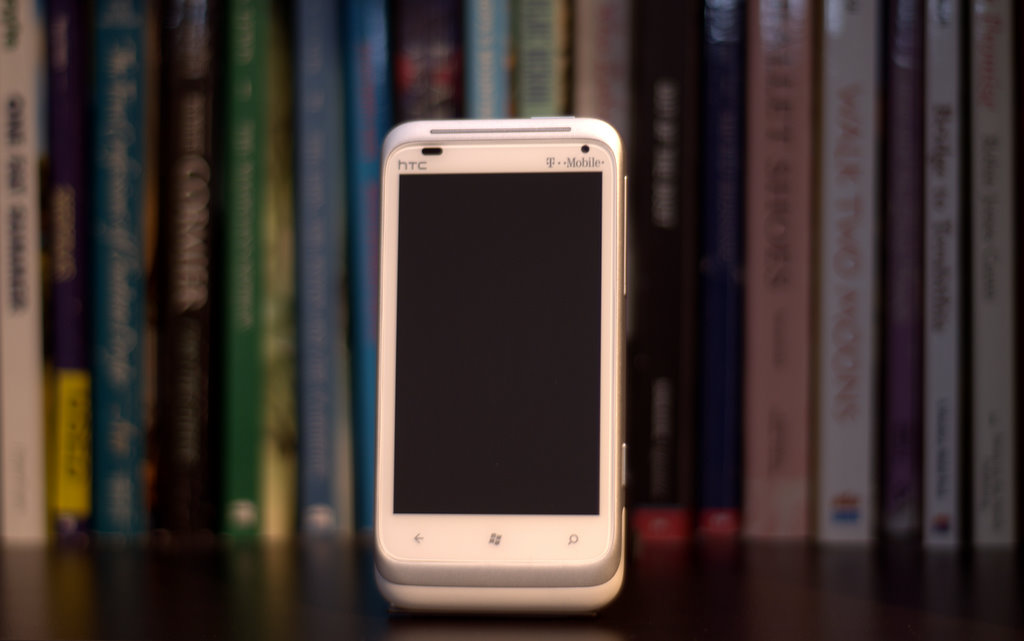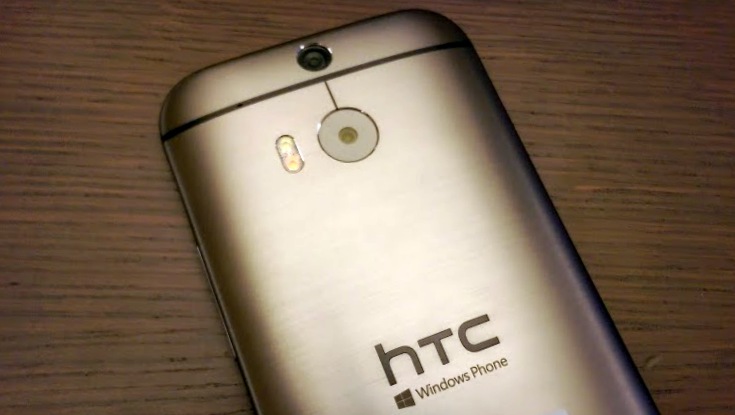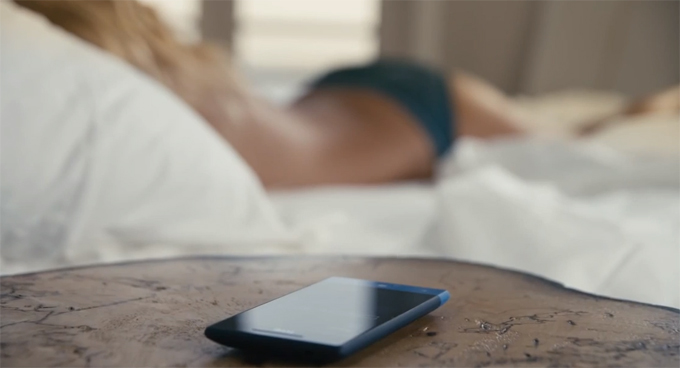Since HTC’s spent the majority of its time producing Android phones, it’s only natural that we spend the majority of our time writing about Android. But once in a blue moon we get to spend some quality time with an HTC phone which runs on Microsoft’s Windows Phone platform. This time around, HTC has kind enough to send us the HTC Radar 4G to test out for a few weeks.
The HTC Radar was one of the first phones from HTC to ship with Windows Phone 7.5 (Mango). Specs on the Radar include a 1GHz Qualcomm MSM8255 Snapdragon S2 processor, 512MB of RAM, 8GB of internal storage, a 3.8-inch 480×800 resolution display and a 1520 mAh battery. The specs may seem a bit out of date compared to what we’ve seen HTC push out on phones running Android, but that’s HTC doing. Microsoft’s Windows Phone currently only supports a few different processors – something that should change once they push out the Tango update later this year.
Since the processor in the Radar isn’t really anything to brag about, HTC decided to equip the HTC Radar 4G with an advanced BSI imaging sensor with an impressive F2.2 lens. For those who don’t know that that means, the HTC Radar is able to capture better quality images in low light environments and the F2.2 lens gives images a much nicer look since it allows you to throw the background of your pictures out of focus, making them look like they were taking with a much nicer camera.
The hardware design of the HTC Radar will look familiar to those who own an HTC phone with a uni-body aluminum shell. The main difference between the Radar and now other HTC phones is that HTC has chosen a much lighter color scheme, giving the phone a lighter gray aluminum shell and adding white accents on the back and around the screen. The HTC Radar looks quite nice, especially when it’s sitting on my desk next to the HTC Flyer.
The Mango update for Windows Phone introduces a lot of new features that I rely on with Android, but it seems as though app developers have yet to implement them. One of the main things I was excited to test was the Windows Phone 7.5 toast notifications which are supposed to pop up when you receive a new message or notification from an app. It works great for test messages and notifications from Microsoft’s applications which are built right into Windows Phone, but I have yet to find an app on the market which takes advantage of the notification system. Is it too much to ask to get a notification every ten minutes which shows that I have new tweets? I guess the notification bar on Android has made me lazy.
Once I get back from CES, I’ll start working on a full review of the HTC Radar. So far, I’ve been impressed with the handset’s performance and the new updates for Windows Phone. I just wish app developers would try a bit harder to push out timely updates which take advantage of all the new features that Microsoft has made available in Mango.
